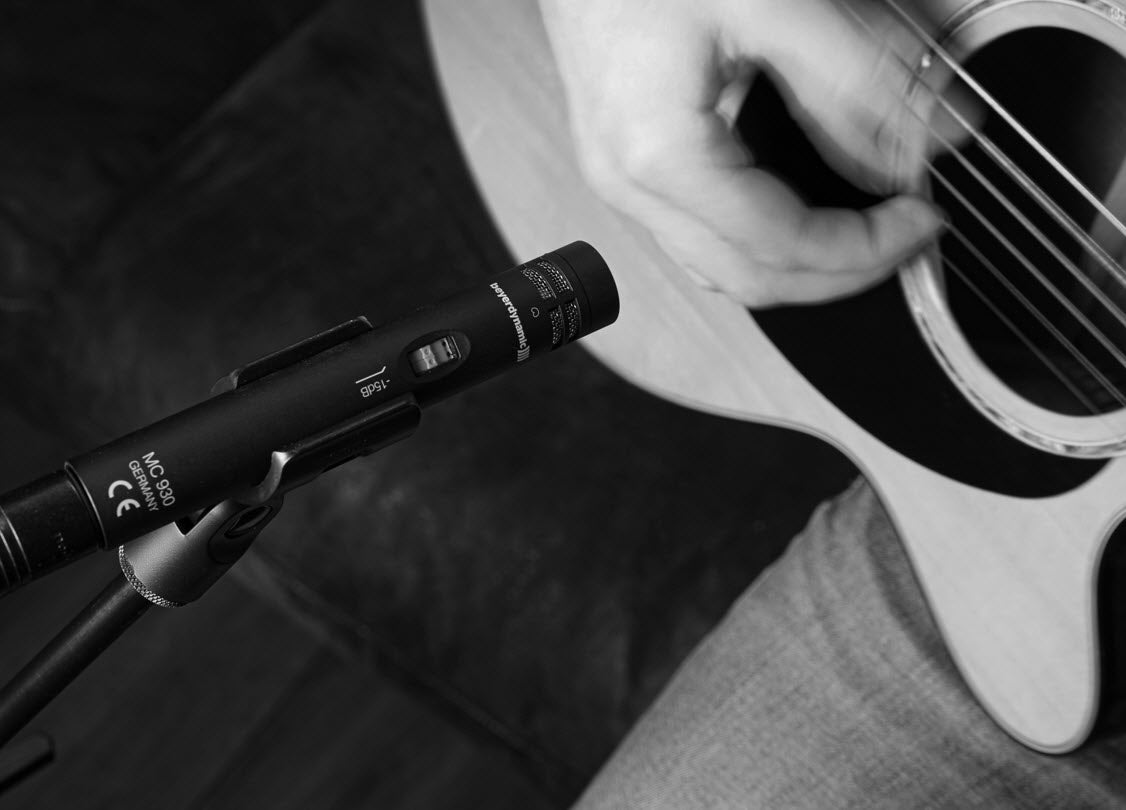What is phantom power, what is it needed for and can it be dangerous for your equipment?
For that matter, why is phantom power called phantom power at all? In this post we explain in simple language what it is, why it may be needed and what needs to be considered.
So, let's take a look at phantom powering 101!
What is phantom power?
Phantom power is a power supply between 12 and 48 volts. This is DC voltage that is transmitted through the microphone cable. The voltage is applied to pins two and three of an XLR cable. Pin one is used for grounding.
Theoretically, the phantom power can also be generated by other energy sources, such as a rechargeable battery or a battery. The most common case, however, is that a mixer, a microphone preamplifier or an audio interface transmits the phantom power via the XLR cable or a stereo jack cable. This is much more reliable than using rechargeable batteries or batteries.
Phantom power - what for?
While with dynamic microphones the sound pressure alone causes the membrane and the coil or capsule to vibrate, with condenser microphones a potential gradient is created between the membrane and the counter diode.
A change in the sound pressure can set the membrane in motion and the deflection changes the distance to the counter electrode. This causes a proportional voltage change, which generates a signal.
Phantom power - your advantage.
The sound properties of our dynamic ribbon microphone M 160 are just as fine, as a particularly light aluminum membrane is used here. Basically, the membrane of a condenser microphone has an extremely low mass and can therefore follow the sound waves more easily and more precisely.
In addition, condenser microphones offer the widest frequency response and the highest impulse fidelity, which is particularly important for percussion instruments or acoustic guitars . Often condenser microphones can come up with a higher output level.
Can phantom power destroy the equipment?
Why is phantom power called phantom power?




